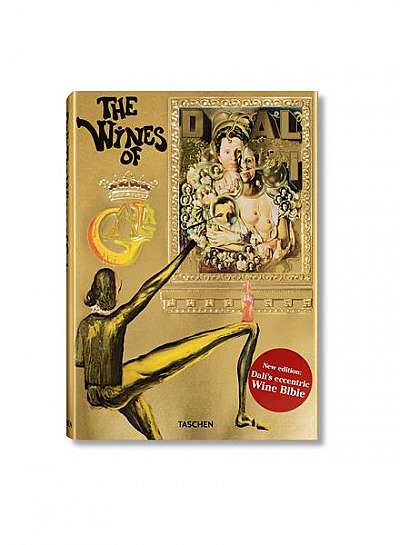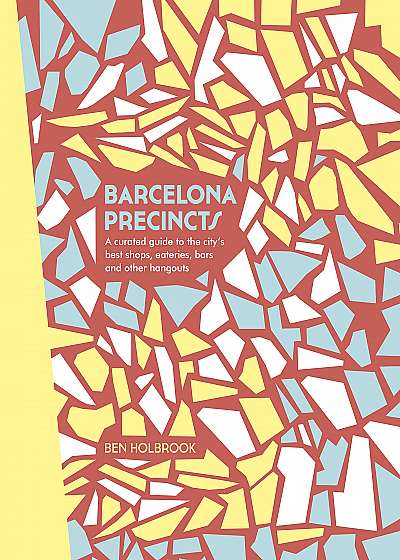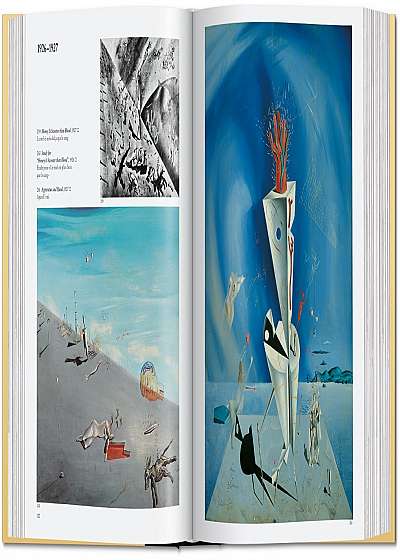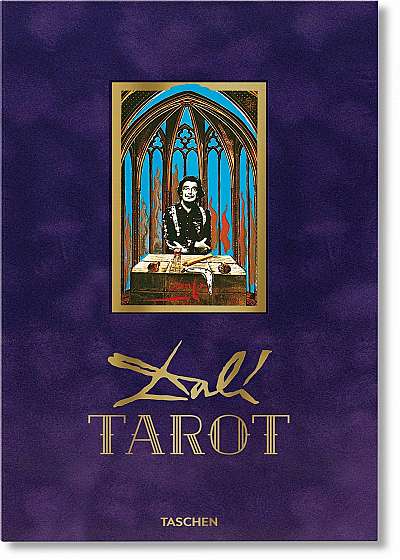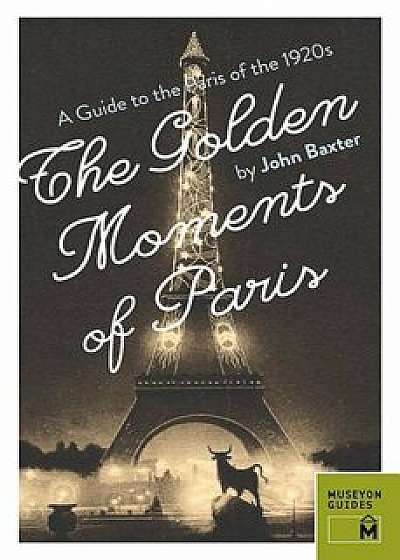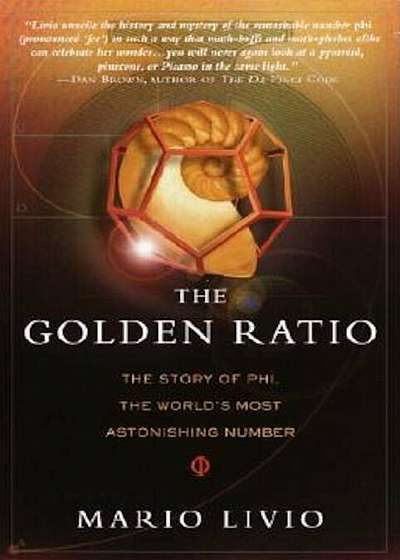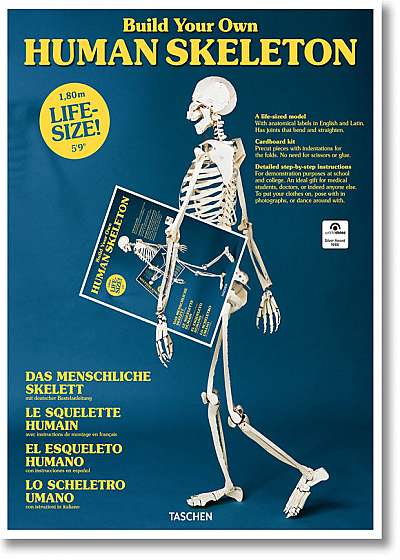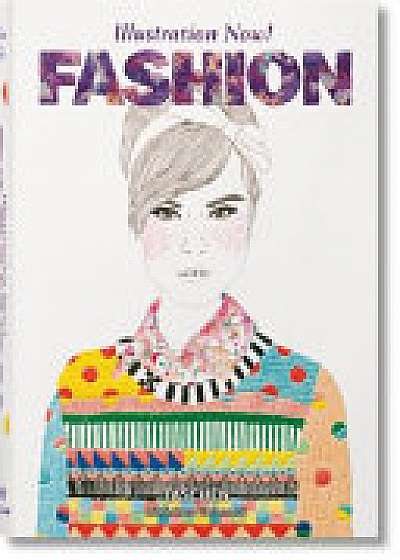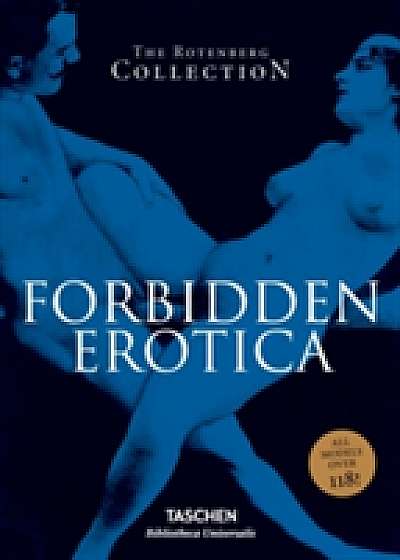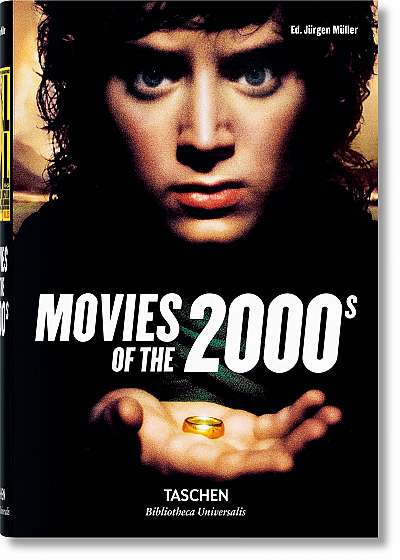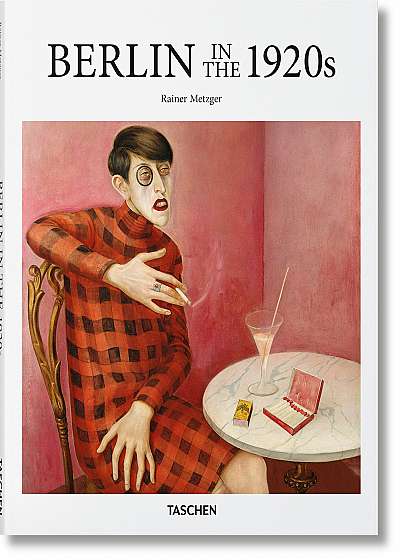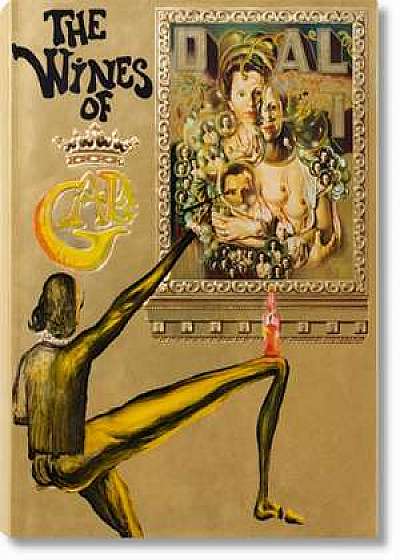
Dali the Wines of Gala
Descriere
Wine of plenty
Salvador Dali's epicurean guidebook
Hot on the heels (or lobster claws) of the best-selling Salvador Dali phenomenon, Les Diners de Gala, TASCHEN presents the artist's equally surreal and sensual viticulture follow-up: Vins de Gala. A Dalinian take on pleasures of the grape and a coveted collectible, the book sets out to organize wines "according to the sensations they create in our very depths." Through eclectic metrics like production method, weight, and color, the book presents wines of the world in such innovative, Daliesque groupings as "Wines of Voluptuousness," "Wines of the Impossible," and "Wines of Light."
Bursting with imagery, the book features more than 140 illustrations by Dali. Many of these are appropriated artworks, including various classical nudes, all of them reconstructed with suitably Surrealist, provocative touches, like Jean-Francois Millet's The Angelus, one of Dali's favorite points of reference over the decades. Dali also included what is now considered one of the greatest works from his late "Nuclear Mystic" phase, The Sacrament of the Last Supper (1955), which sets the iconic biblical scene in a translucent dodecahedron-shaped space before a Catalonian coastal landscape. Dali was by this stage a devout Catholic, simultaneously captivated by science, optical illusion, and the atomic age.
The book's texts are written by Max Gerard, a longtime member of Dali's entourage; Louis Orizet, a viticulturist and politician in Beaujolais; Georges Duboeuf, a driving force behind the famed Beaujolais Nouveau marketing campaign; and the Baron de Rothschild, who contributed an introductory acrostic poem. The first section is dedicated to "Ten Divine Dali Wines," an overview of 10 important wine-growing regions, while the second develops Dali's revolutionary ordering of wine by emotional experience, instead of by geography or variety. Rather than any prescriptive classification, it's a flamboyant, free-flowing manifesto in favor of taste and feeling, as much a multisensory treat as a full-bodied document of Dali's late-stage oeuvre, in which the artist both reflected on formative influences and refined his own cultural legacy.
